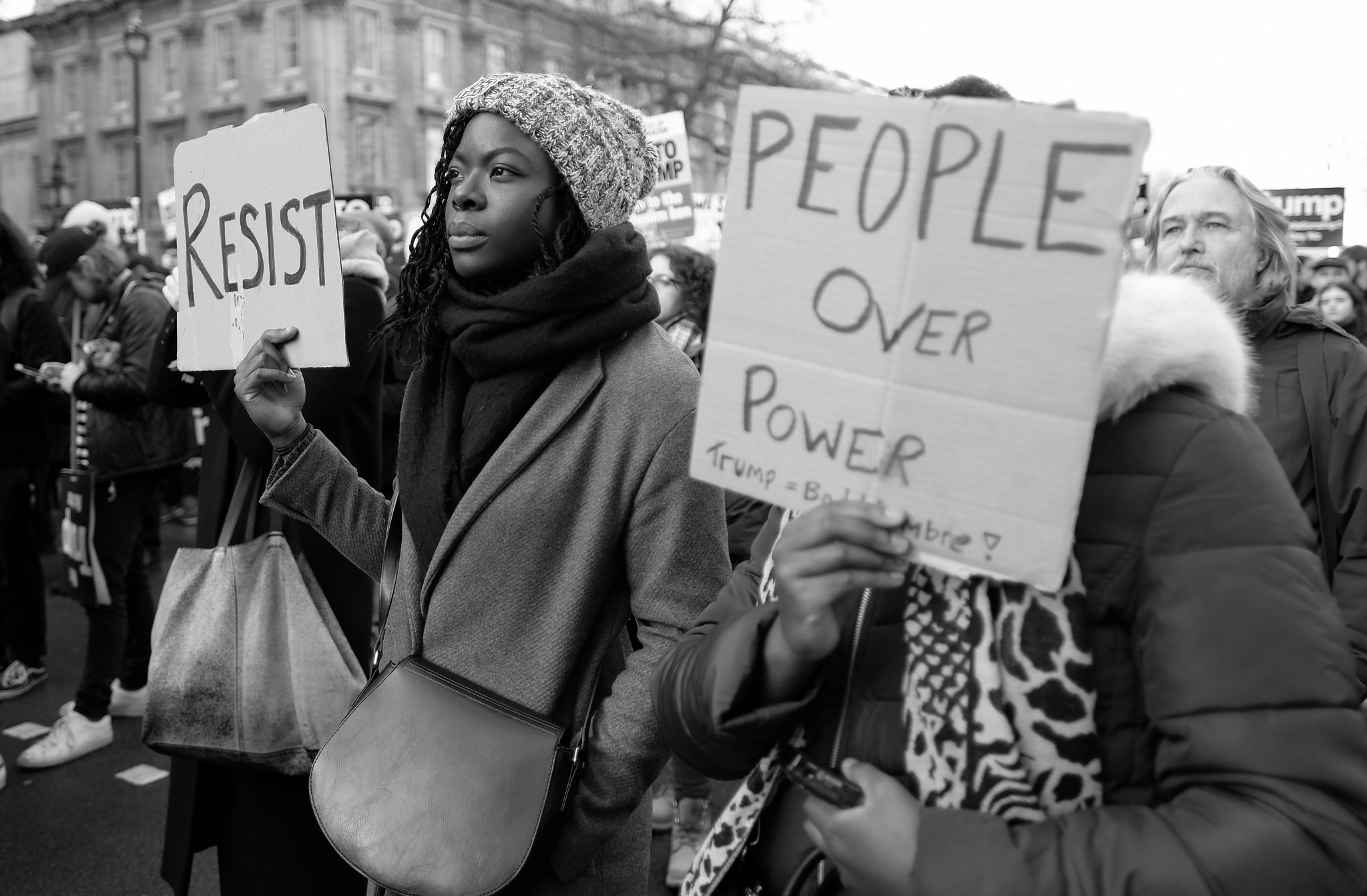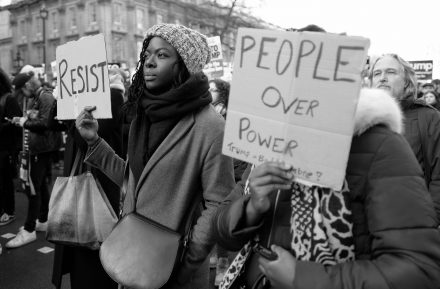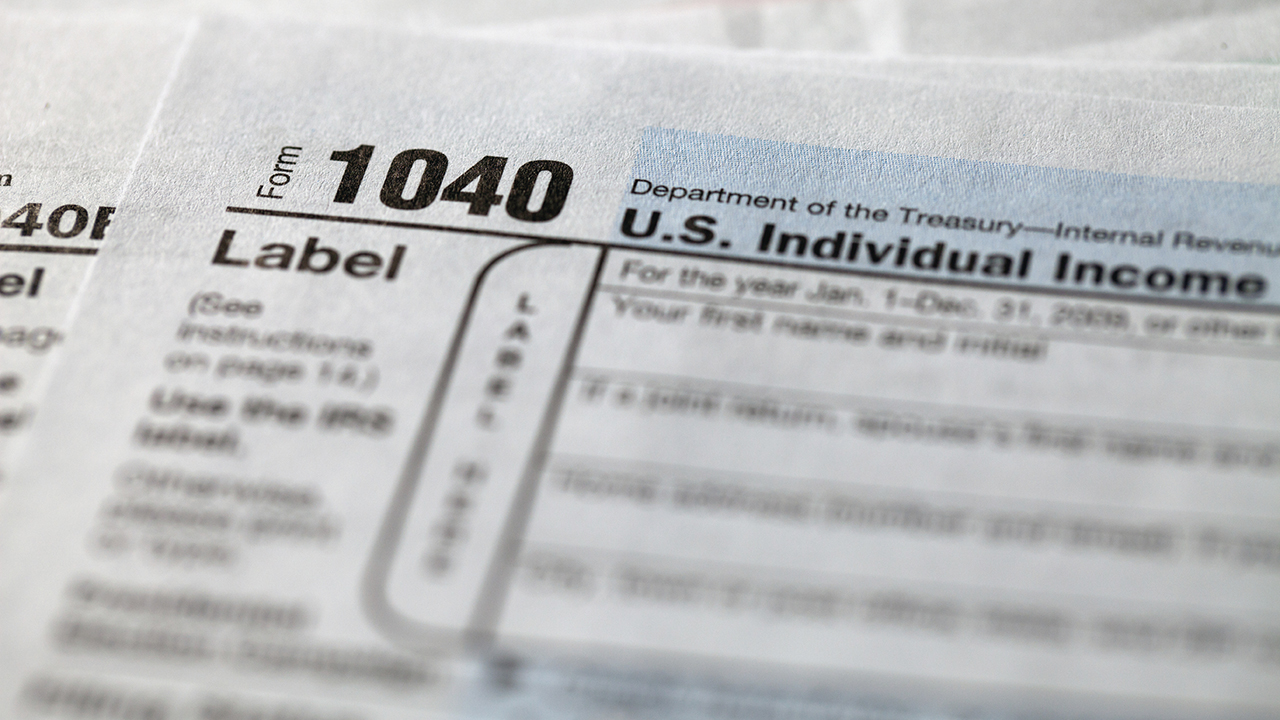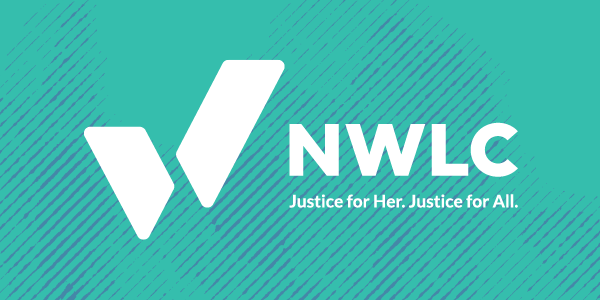What Does Abolitionist Activism Mean for Early Childhood Policies?


“Defund the Police! Refund the People!” We are hearing these demands from protesters across the country in response to the murders of George Floyd, Breonna Taylor, and so many other Black lives taken at the hands of state-sanctioned racist violence. Black liberation organizers have long called for sweeping budget cuts to anti-Black policing and the criminal legal system, as well as equitable re-investments in social services and education. This summer, we’ve seen Minneapolis City Council vote to dismantle the police, cuts to major city police budgets, and several school boards end police contracts. Abolitionist activism reached the federal level recently when the Movement for Black Lives’ (M4BL) unveiled plans for the Breathe Act, which proposes to cut federal funding for policing and incarceration, and invest in a “new vision for public safety” including transformative justice and healing programs, affordable housing, clean environmental infrastructure, education, and child care.
Due to the economic devastation of the COVID-19 pandemic, progressive advocates in child care and early education have rallied behind legislation for $50 billion in vital emergency relief to providers. However, pre-pandemic spending was not enough—in 2019, only 1 in 6 eligible families received child care assistance—so advocates have set a long-term goal to increase overall investment in child care. As many early childhood organizations issue statements in solidarity with the demands of M4BL, we also have an opportunity to connect our work directly and put our energy behind an abolitionist platform.
So what does abolition mean for early childhood policies? I’ve been digging into this question and here’s some of what I’ve learned:
Abolition challenges racist disciplinary systems.
Abolitionist scholar Ruth Wilson Gilmore says, “abolition seeks to undo the way of thinking and doing things that sees prison and punishment as solutions for all kinds of social, economic, political, behavioral and interpersonal problems.” Abolitionist educators have offered so much wisdom about how classroom communities might use practices of mediation and harm reduction that are justice-centered. And as we work to equip educators with anti-racist, non-exclusionary methods to address classroom disruptions and potential community harm, advocates must call out and eradicate racist justifications for harsher disciplinary action against Black children.
Abolition calls for a major public re-investment in the needs of children and families.
When asked what abolition means to them, Critical Resistance (CR) organizer Woods Ervin talked about creating alternatives to prison and policing by investing in social services like mental health resources, housing, and child care. “When these systems are prioritized with resources, capacity, and power, our communities will flourish.” Ervin suggests that affordable and accessible child care is part of a community-directed reimagining of holistic community safety and wellbeing.
“The difference in a post-abolition reality is the billions spent on militarizing, training, and allowing police to harass and kill our communities would be diverted into the efforts that actually protect and keep our communities safe—many of which already exist and are already community-led. Mentorship programs, well-paid jobs, affordable housing, free mental health care, robust public education, arts, and after-school programs. These are the things, in my vision of the world, that take up the lion’s share of local and federal budgets.” – Benji Hart, Organizer at Critical Resistance
The abolitionist political paradigm that Benji Hart describes reframes the discussion around public funding for early education by requiring that we first divest from oppressive institutions and then ensure a community-directed process of public investment in a child’s education, the families that support them, and educators who have long been paid poverty-level wages. This asks advocates on Capitol Hill to interrupt the scarcity narrative of racial capitalism that enables some individuals and corporate interests to hoard power and money while claiming there is not enough to fund public support programs.
This framework provides tangible answers to the conservative line of questioning, “how are you going to pay for that?” It requires us to avoid the trap of neoliberal policy reforms that redirect small amounts of band-aid money into programs for communities of color and low-income communities without challenging why child care is largely privatized or structurally redistributing resources from institutions that safeguard white supremacy.
Abolition tells us we don’t have to wait—we can pass transformative child care policy now.
Increasingly, organizers are writing abolitionist principles into concrete demands and proposed legislation that would go beyond reformism to boldly increase state and federal spending on early childhood policies. The widely shared advocacy tool 8 to Abolition calls for investments in “teachers, counselors, universal child care and support for family structures.” In Oakland, the Anti-Police Terror Project and Community Ready Corps proposed the Black New Deal directed at city council. Alongside divestment from policing and incarceration, the Deal contains short-term demands like “paid time off (PTO) for parents who are self-isolating, parenting, or caring for others” and long-term demands like investing in education.
After it’s written and introduced at the federal level, the Breathe Act would call for investment in paid parental and sick leave and federal investment in a universal child care allowance. In line with early childhood advocacy for higher compensation and workplace supports for child care providers, who are almost entirely women and disproportionately women of color, the Breathe Act proposal advocates for a competitive grant to incentivize states to value the labor of Black and brown women, as well as institute a federal living minimum wage.
As we fight for necessary pandemic-related relief for the child care sector in the Child Care is Essential Act and increased federal spending in the long-term, early childhood advocates can listen and learn from abolitionist organizers. They are leading the way to legislating community-directed investment in early childhood policies. This isn’t just tangentially relevant to our field. This is the leadership our field needs to equitably transform the way we fund early childhood education and care work.




